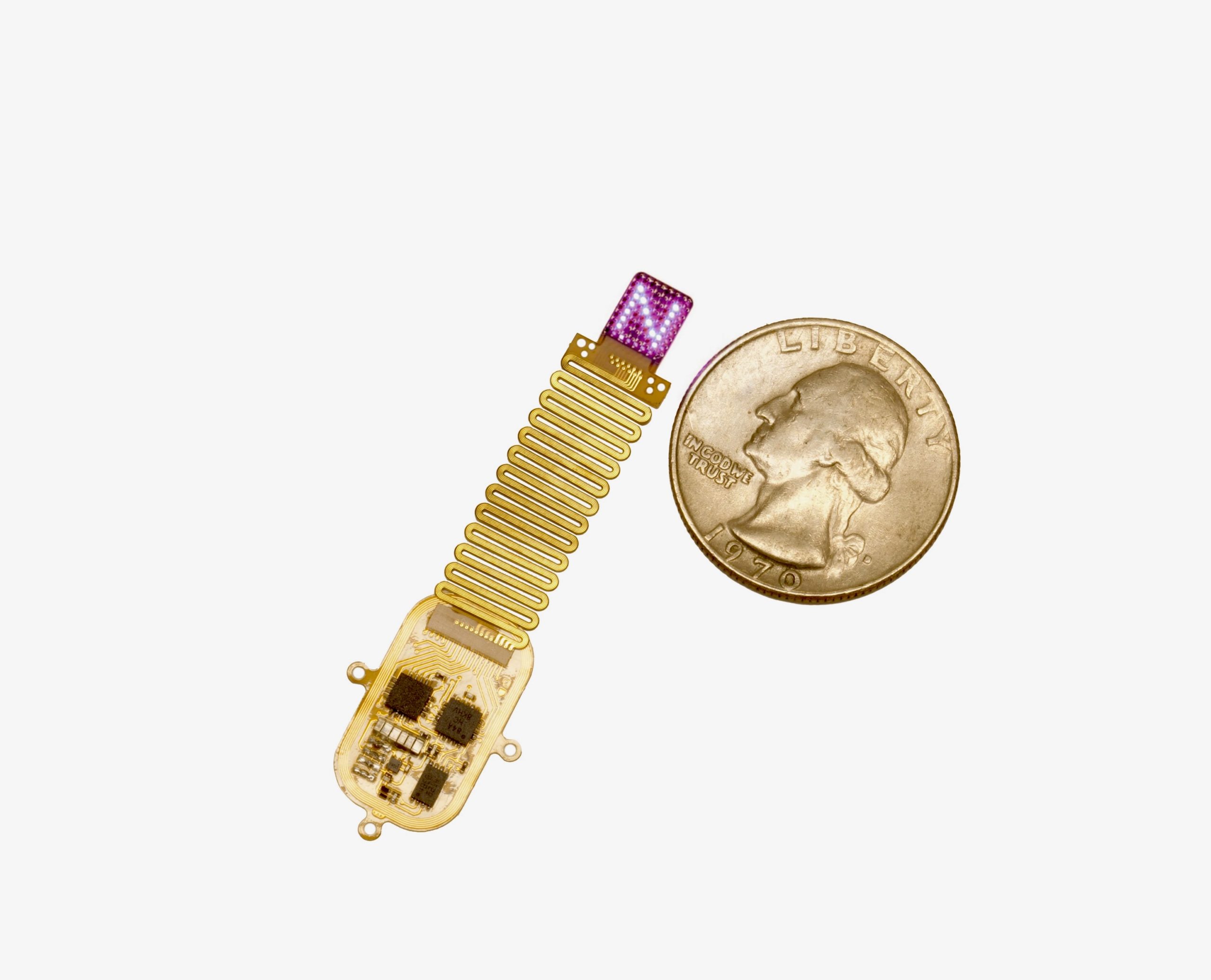
A combination treatment has shown promise for treating a rare blood disease, according to a clinical trial published in the journal Blood.
Paroxysmal nocturnal hemoglobinuria, or PNH, is a life-threatening blood disorder that causes the body to destroy red blood cells within blood vessels, also called intravascular hemolysis (IVH). This often leads to severe anemia and other complications that can impact quality of life and survival of affected patients.
Previous studies have demonstrated that the drugs ravulizumab and eculizumab – which work by blocking complement component 5 (C5), a protein that plays a key role in cell-killing processes – were effective in controlling PNH by controlling IVH. However, a subset of patients receiving those drugs remained anemic because of a different process related to red blood cell destruction that continued to occur outside of blood vessels, called extravascular hemolysis (EVH).
“About 20 percent of patients who are treated with C5 blockers continue to have or develop anemia related to EVH and some of those patients require transfusions to combat anemia and its symptoms of fatigue,” said Jamile Shammo, MD, the Dr. Marjorie C. Barnett and Dr. Hau C. Kwaan Professor of Medicine in the Division of Hematology and Oncology, who was a co-author of the study.
The current clinical trial aimed to evaluate the safety and efficacy of adding danicopan, which works by blocking the process of EVH, to C5 blockers to see if the combination compared to C5 blockers alone could lead to improvement in anemia.
In the trial, 86 participants who continued to have anemia despite C5 inhibitor therapy were randomly assigned to receive either danicopan tablets or placebo in addition to ravulizumab or eculizumab treatment over a 12-week period.
Study participants receiving danicopan showed a significant improvement in hemoglobin levels, according to the study. Improvement in hemoglobin levels led to participants requiring fewer blood transfusions and reporting improvements in fatigue levels and other quality-of-life measures.
The findings highlight the potential of combination treatment to manage PNH.
“The combination worked, and it worked very well for this subset of patients who continued to experience anemia despite C5 blockade,” Shammo said. “Hemoglobin improvement was upwards of two grams and about two-thirds of patients became transfusion-independent throughout the study period. In addition, there was significant improvement in quality of life.”
More research is still needed to evaluate the efficacy of other similar drugs as compared to danicopan, Shammo said, as well as long-term follow-up to understand any potential long-term side effects of this drug combination.
“All other proximal complement inhibitors such as pegcetacoplan and iptacopan have never been compared head-to-head to danicopan to compare their efficacy relative to EVH control. I always caution patients from comparing results of various trials when they weren’t necessarily done in a prospective randomized manner,” she said. “But the point is that we have multiple options that we can offer patients who continue to have anemia despite treatment with C5 inhibitors.”
Shammo also encouraged patients with PNH to seek out experts in PNH, particularly given its rarity, to verify the diagnosis and discuss an appropriate treatment regimen.
“I do think that patients who have PNH really need to connect with an academic hematologist with experience in caring for patients with this disease and who can evaluate their disease, discuss treatment options and insure that their treatment regimen and causes of low blood counts including anemia are better characterized and addressed,” Shammo said.
The study was funded by Alexion and AstraZeneca.






